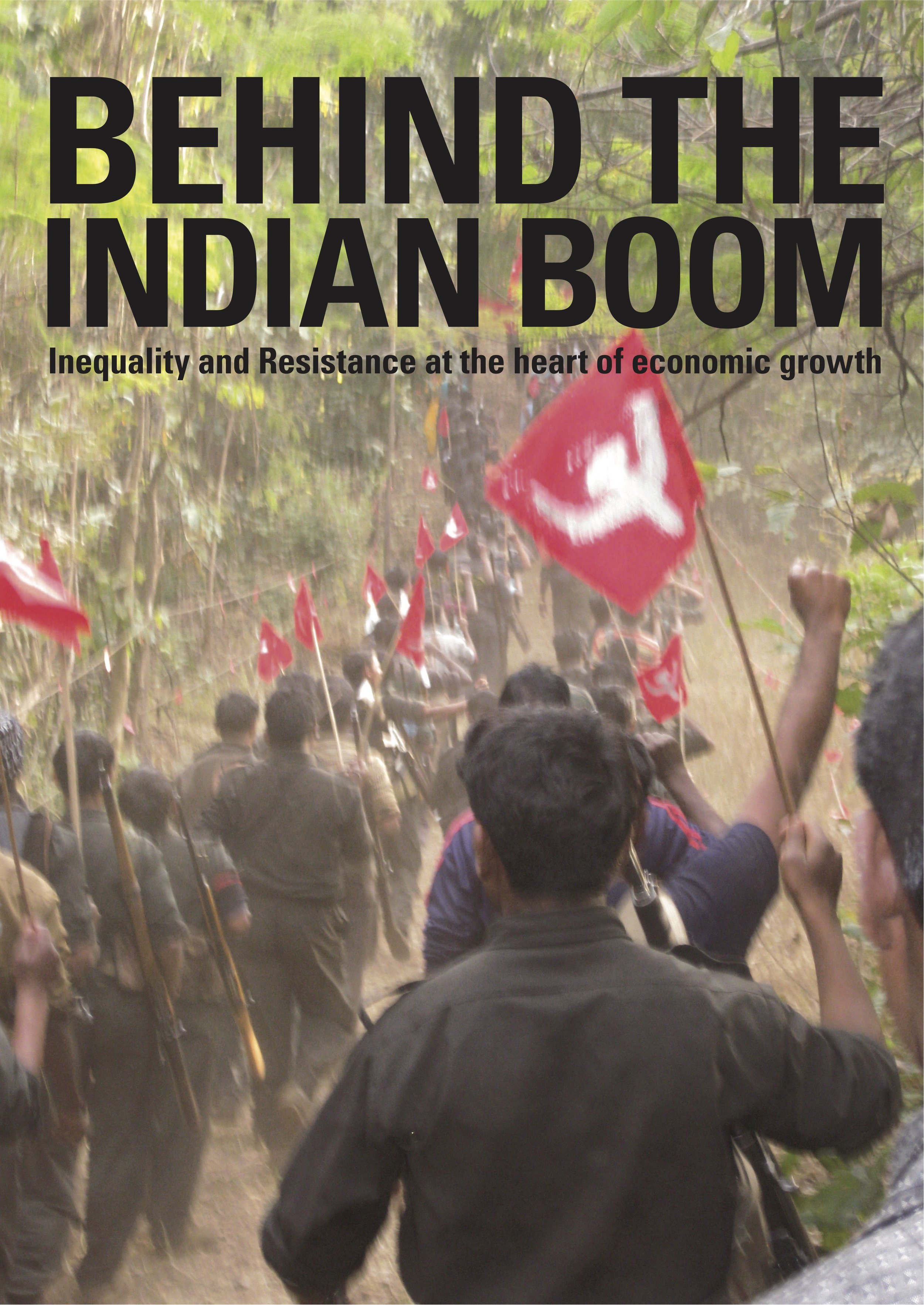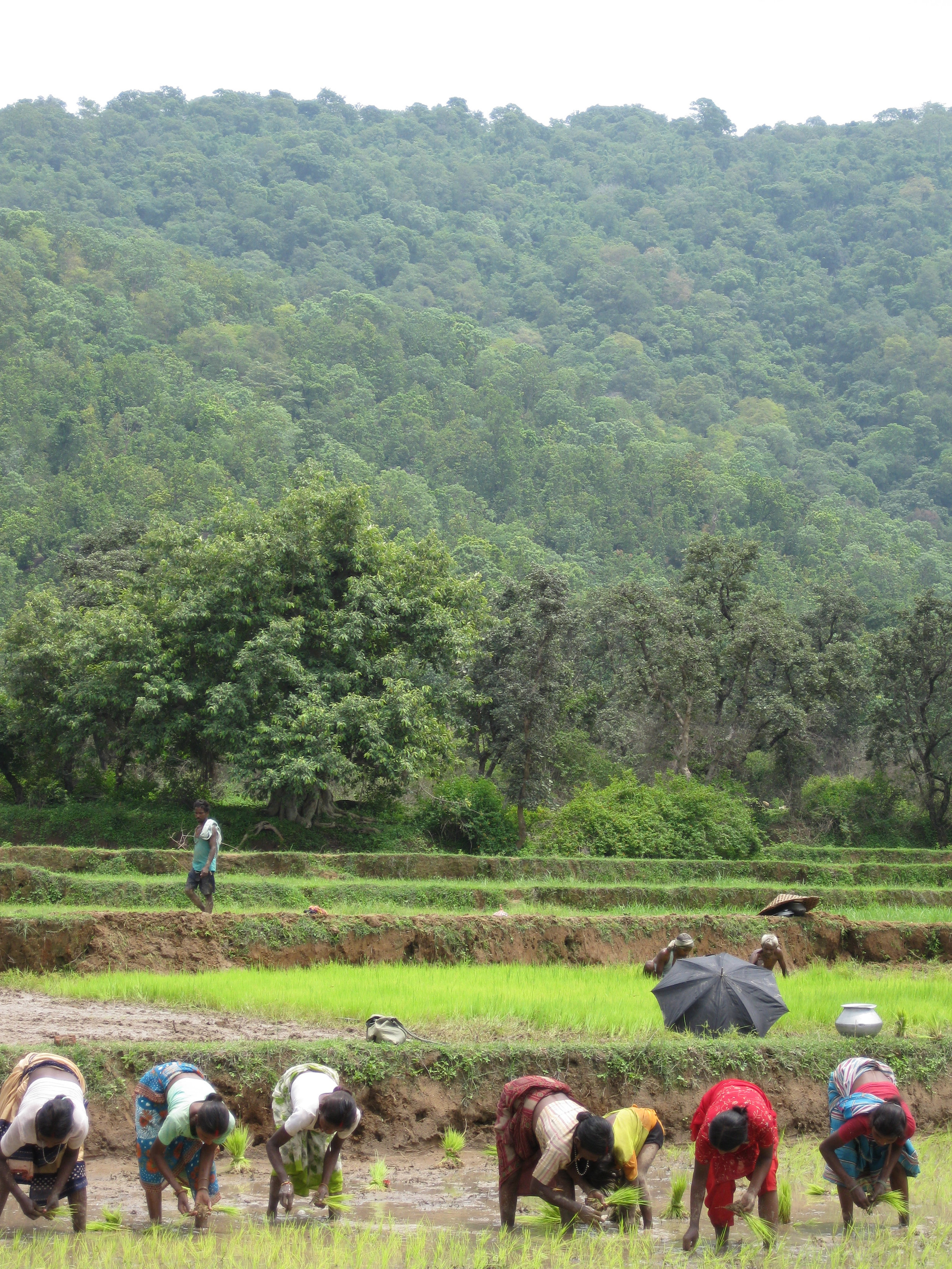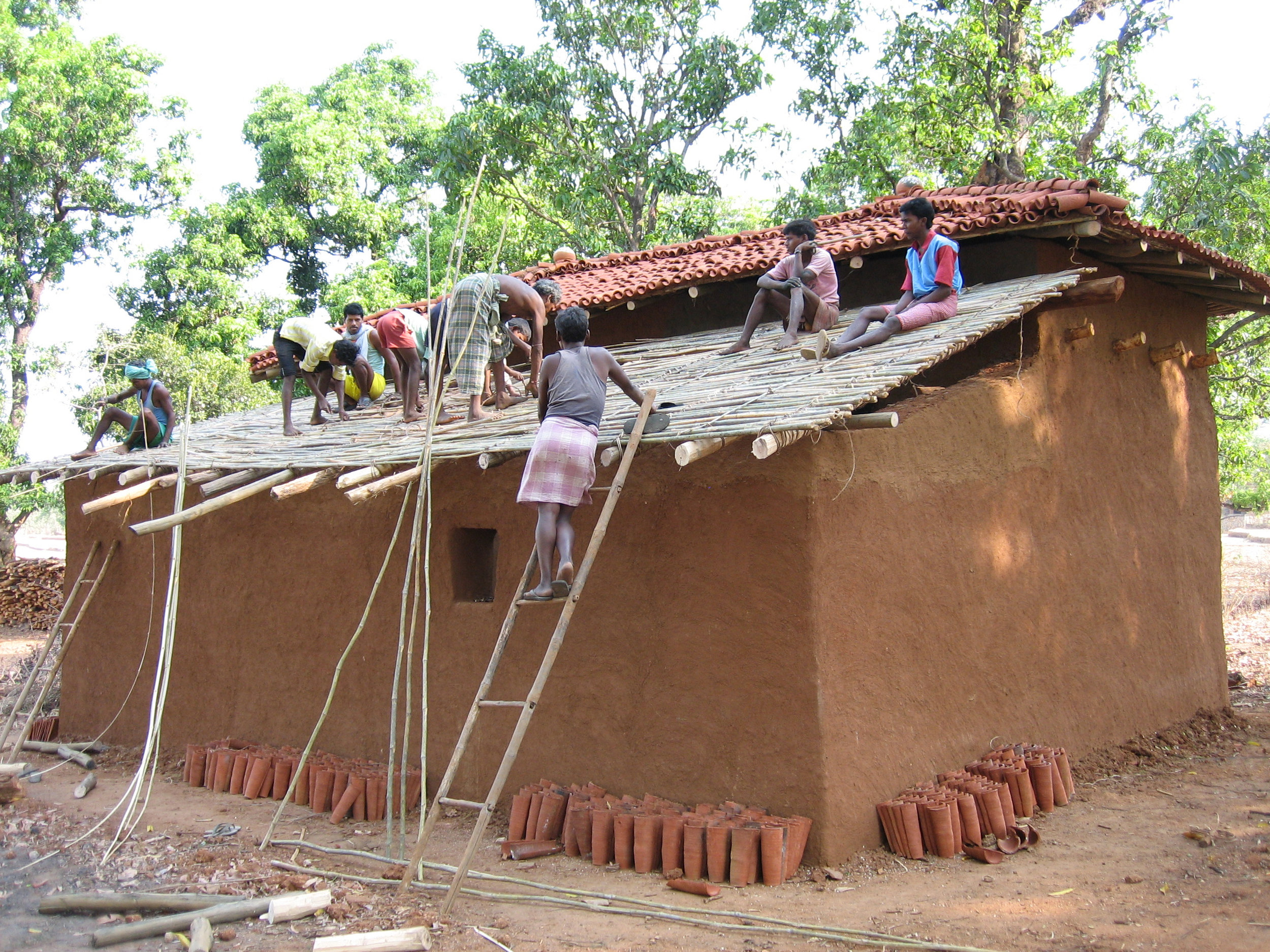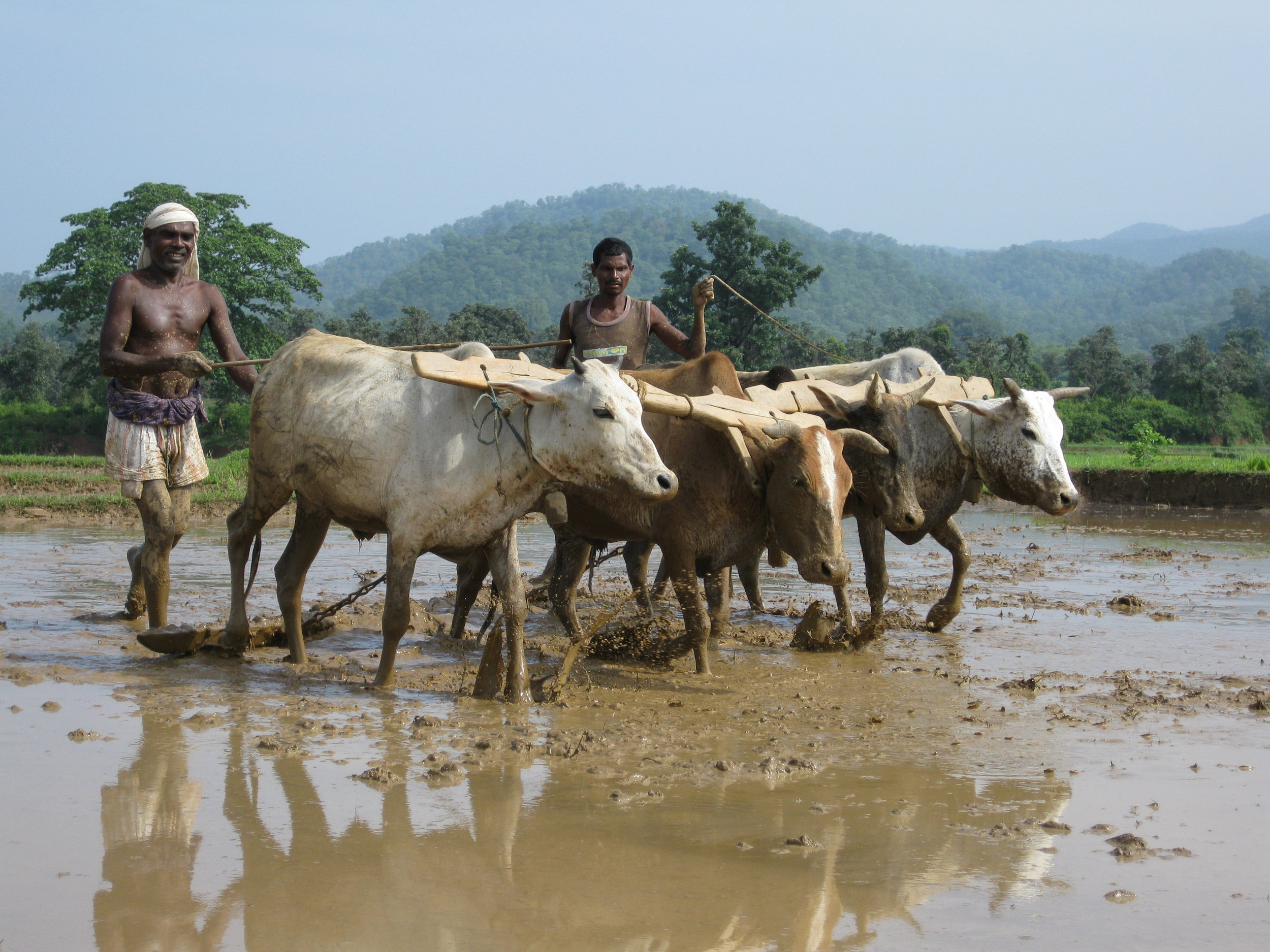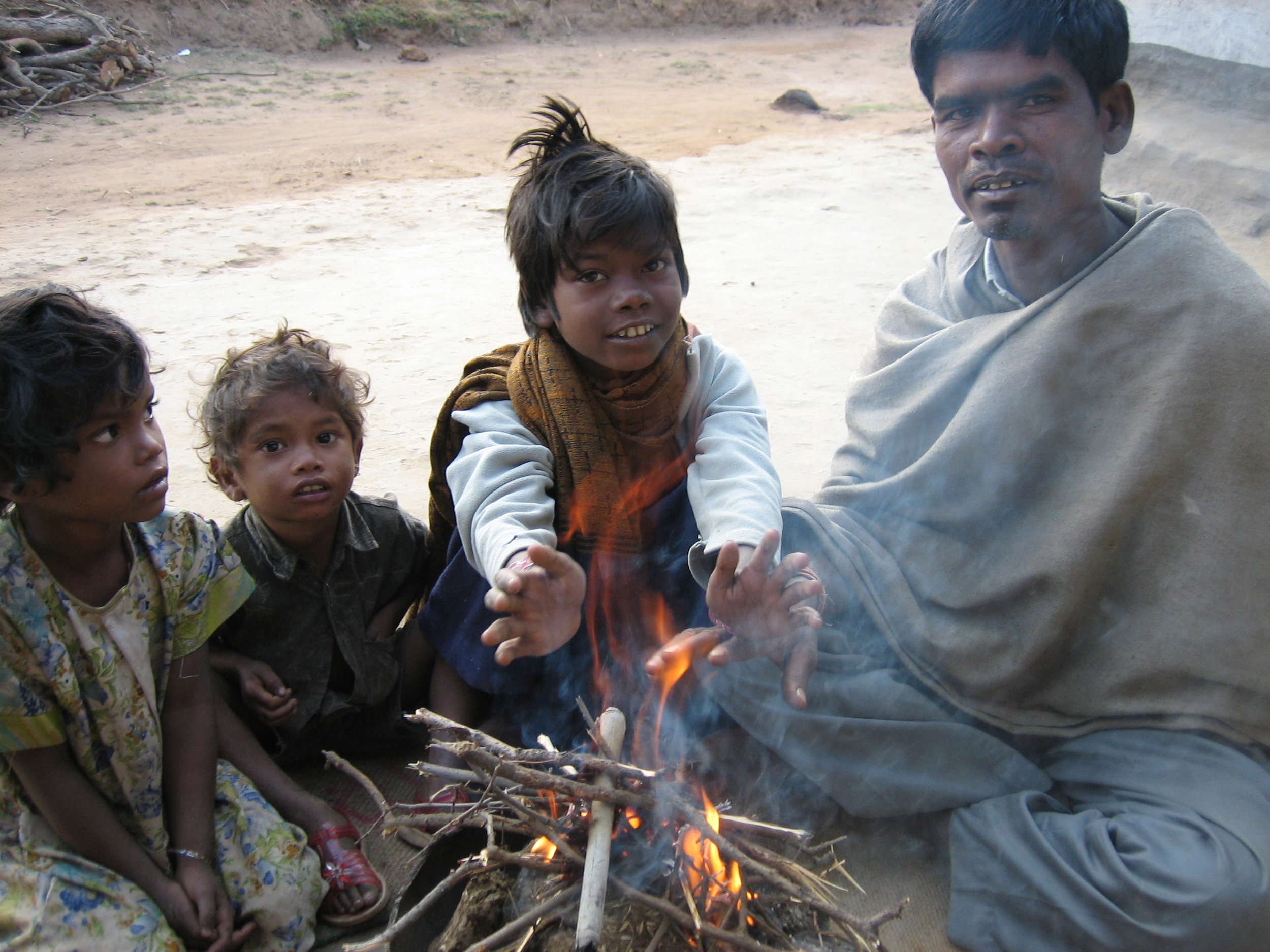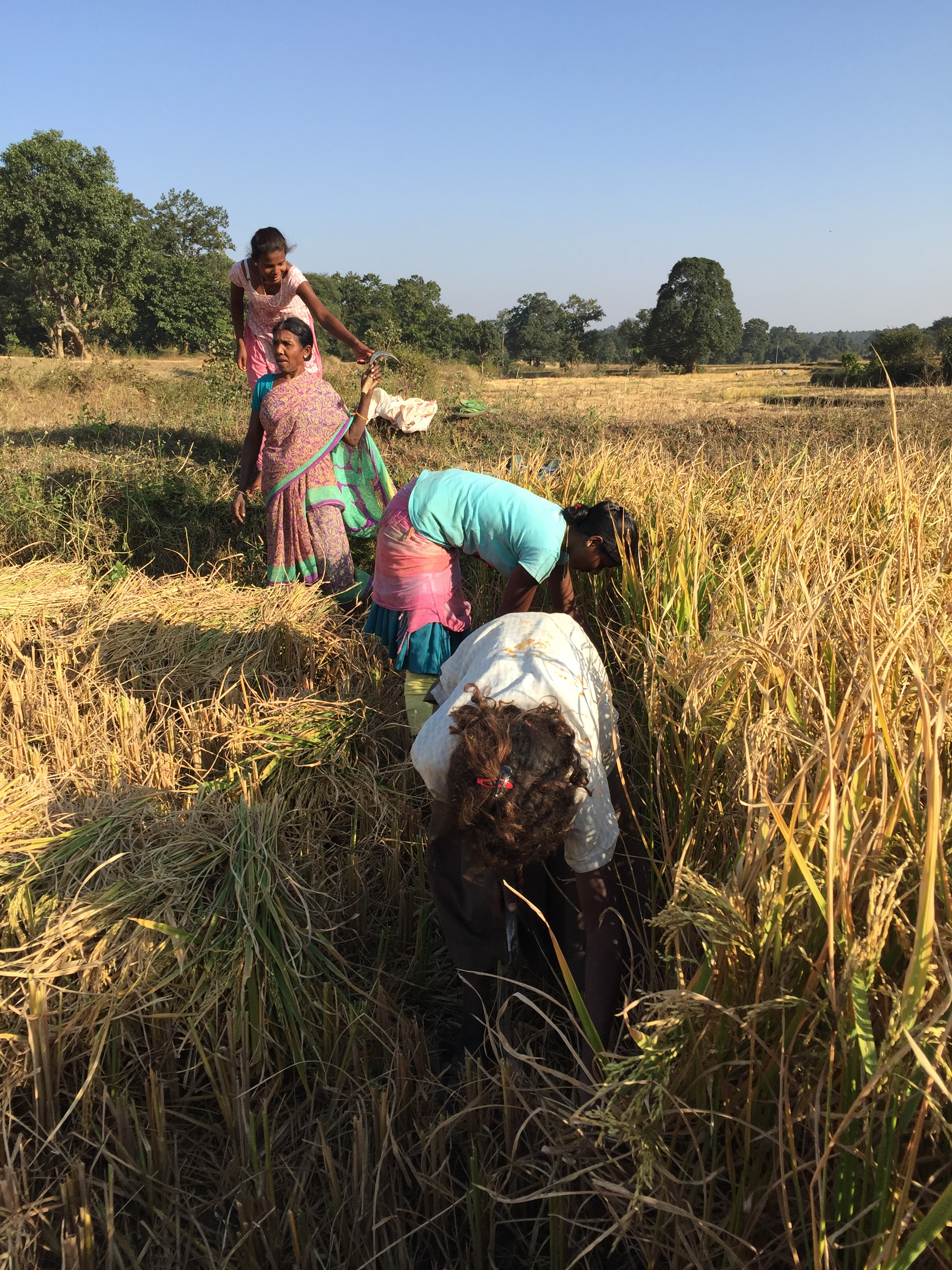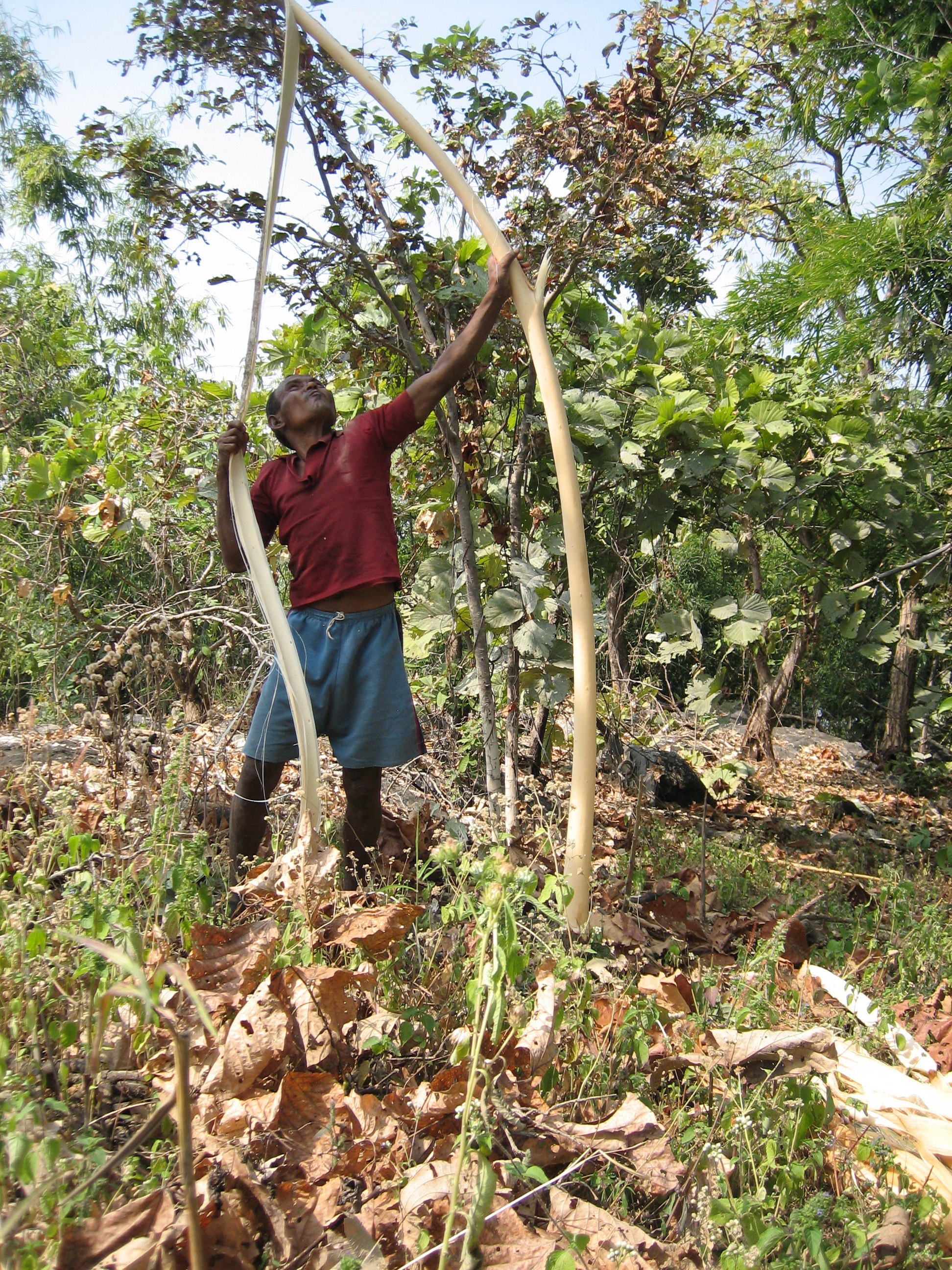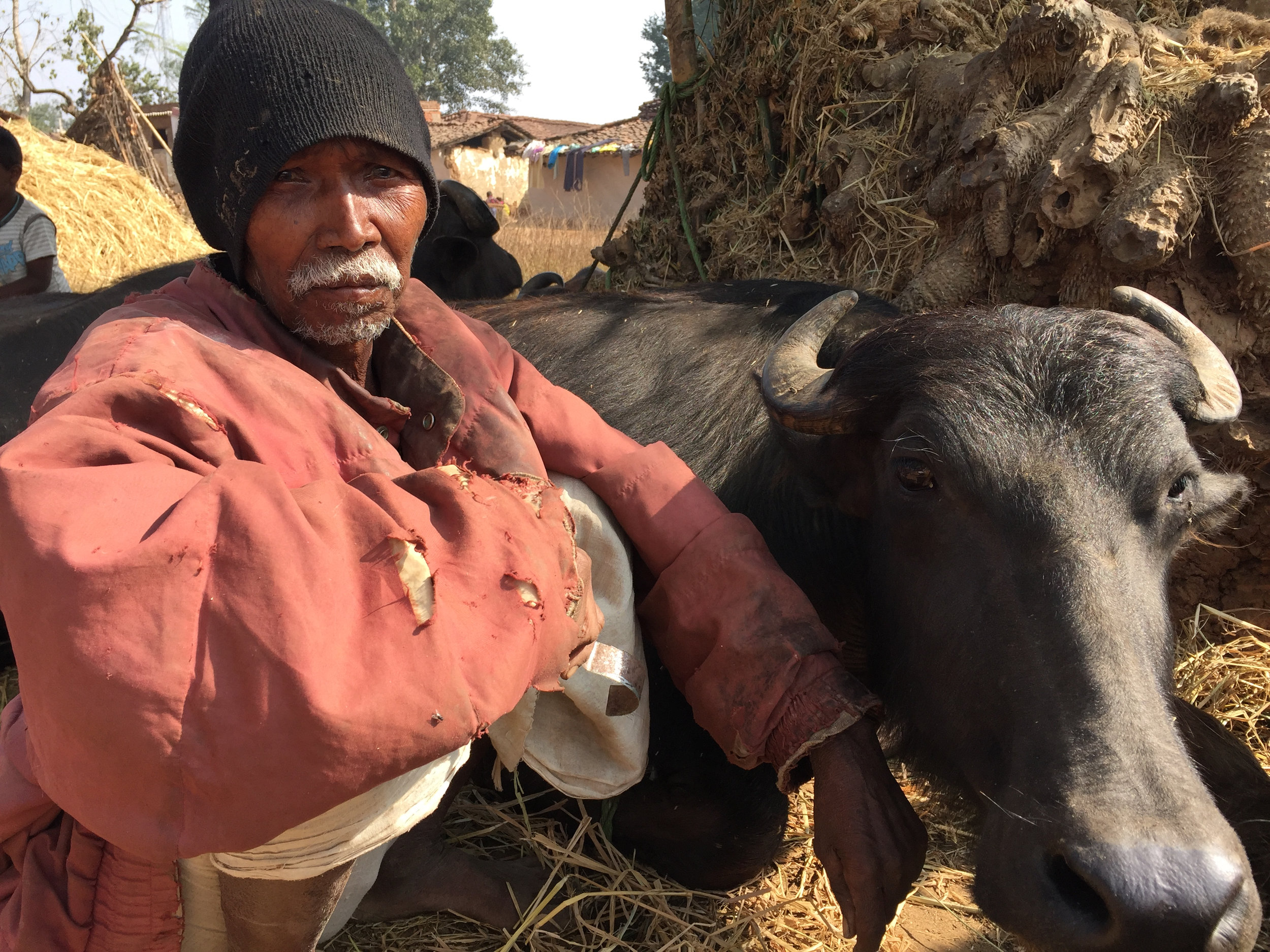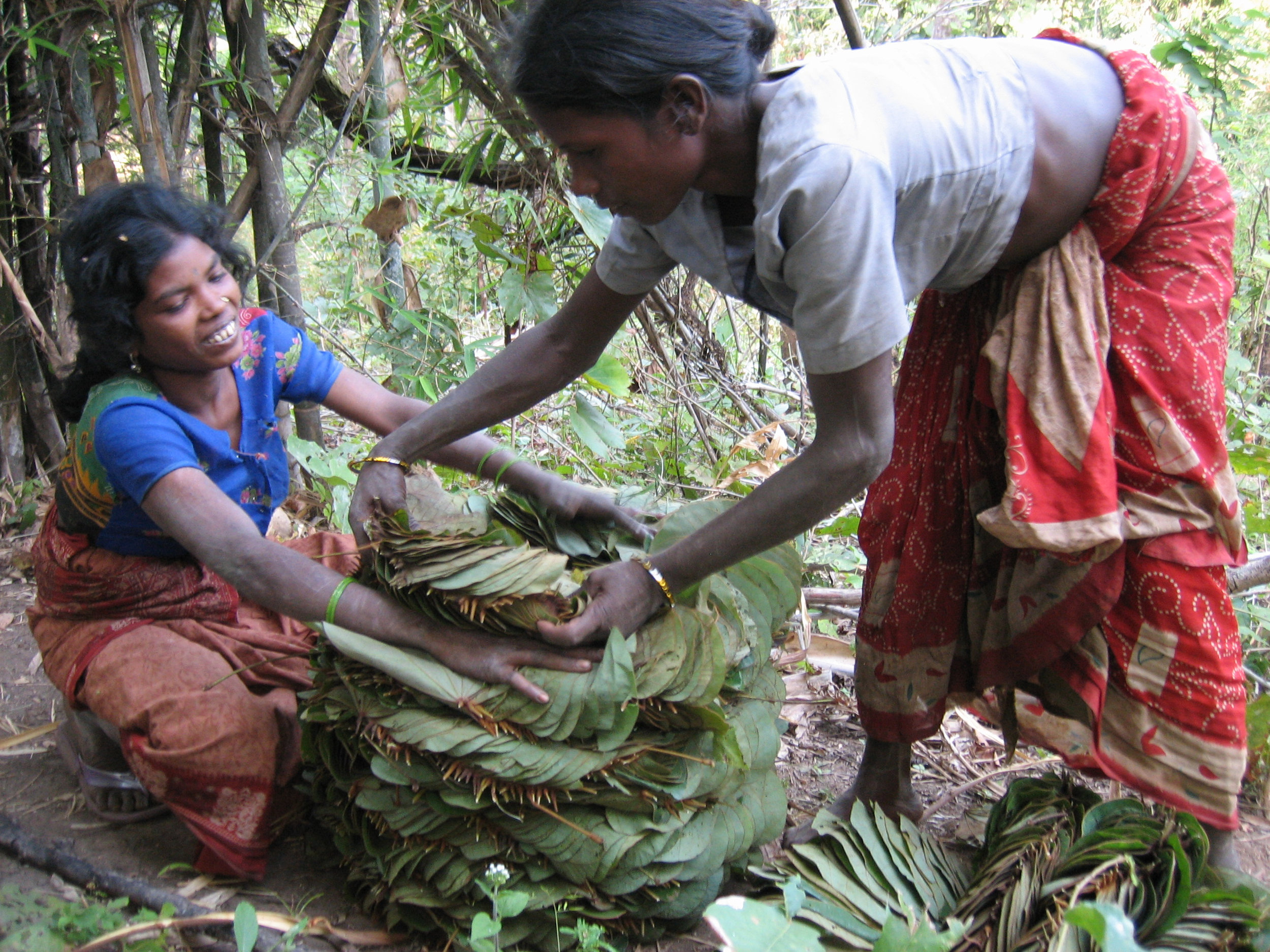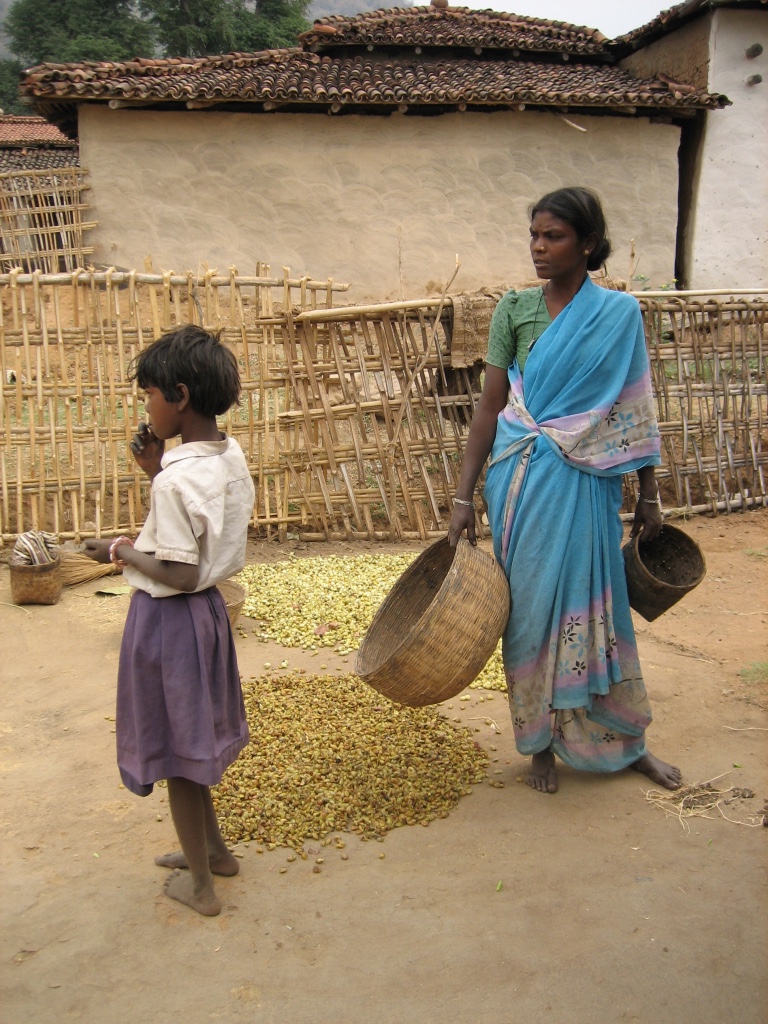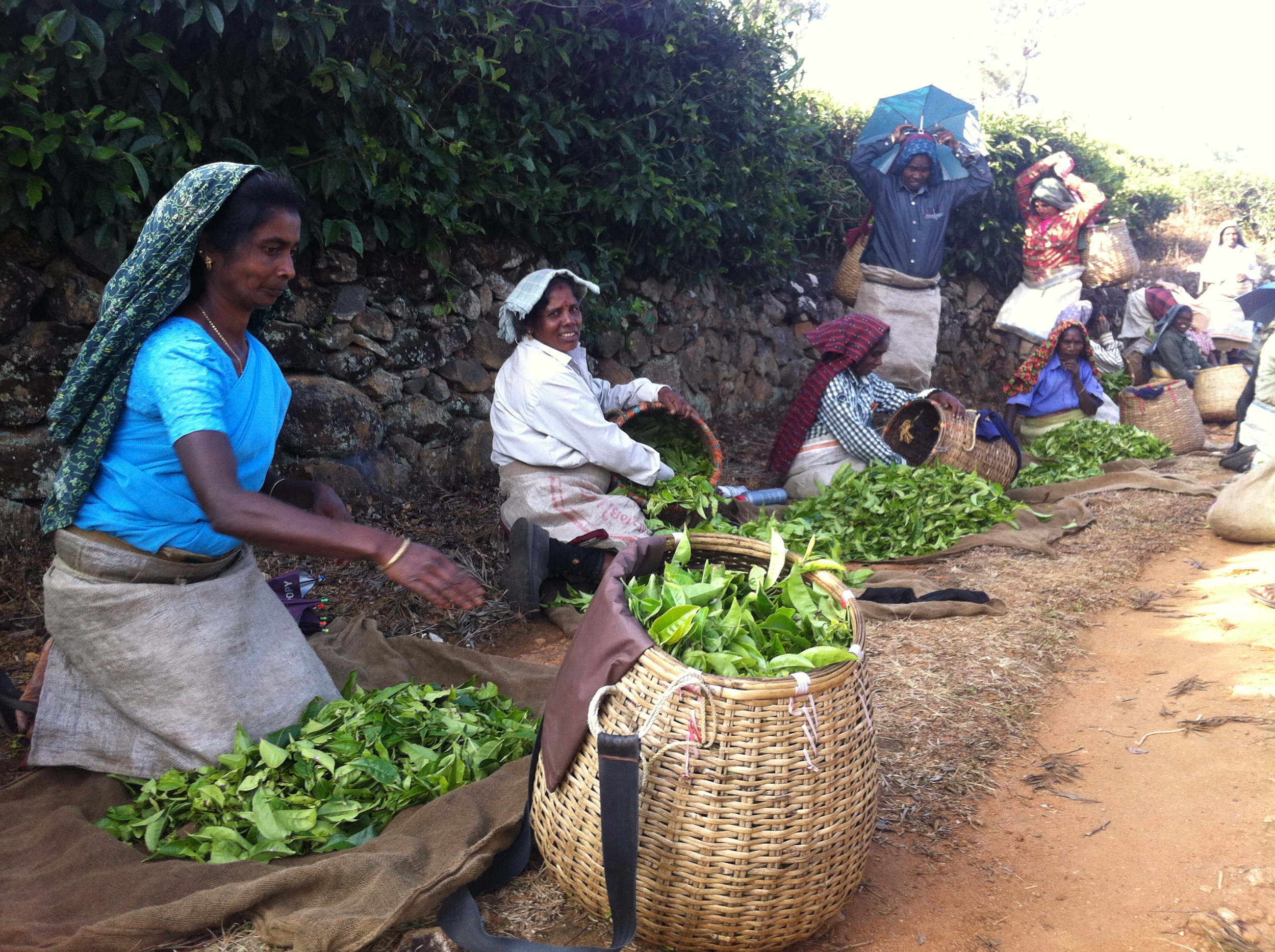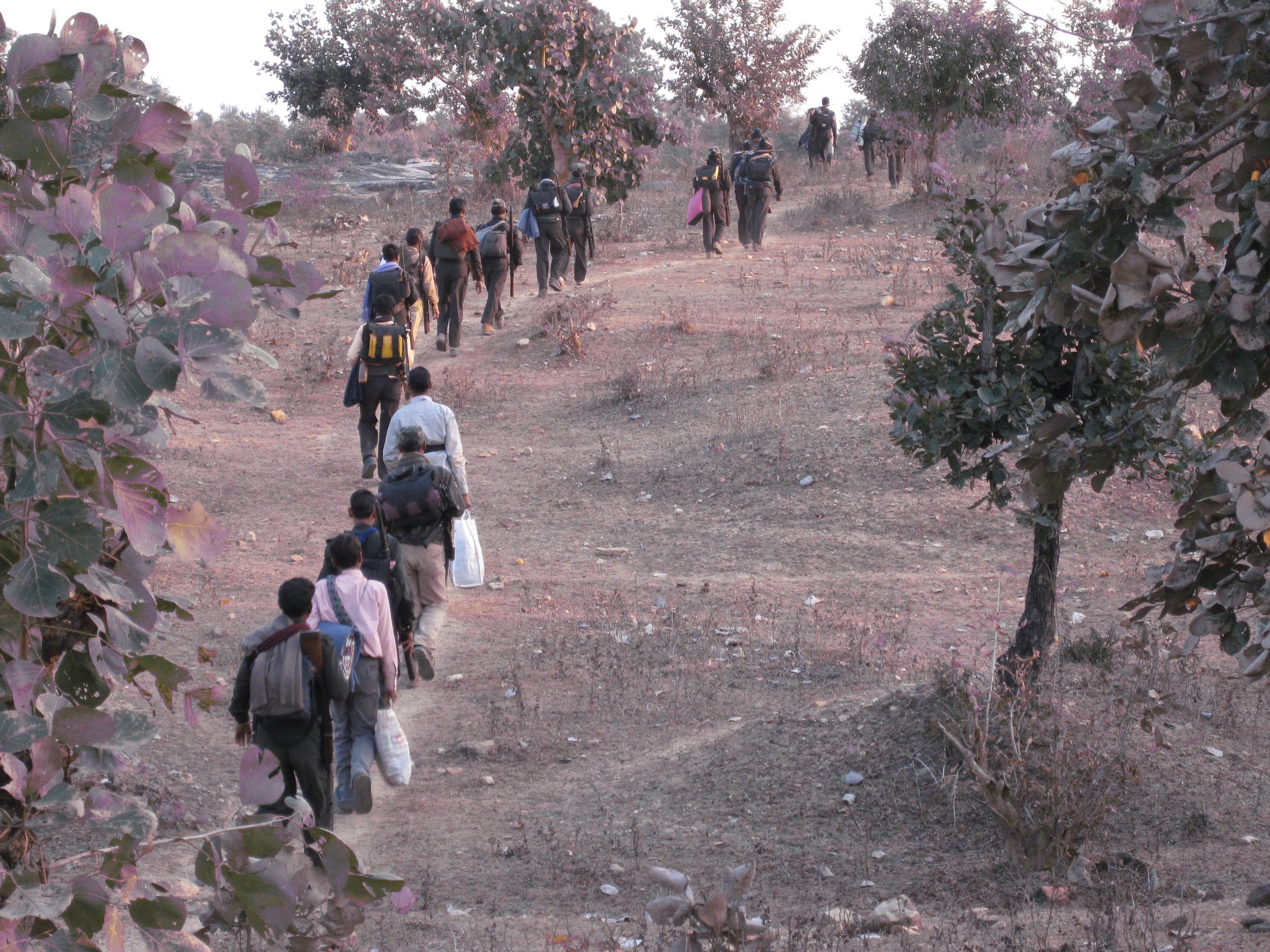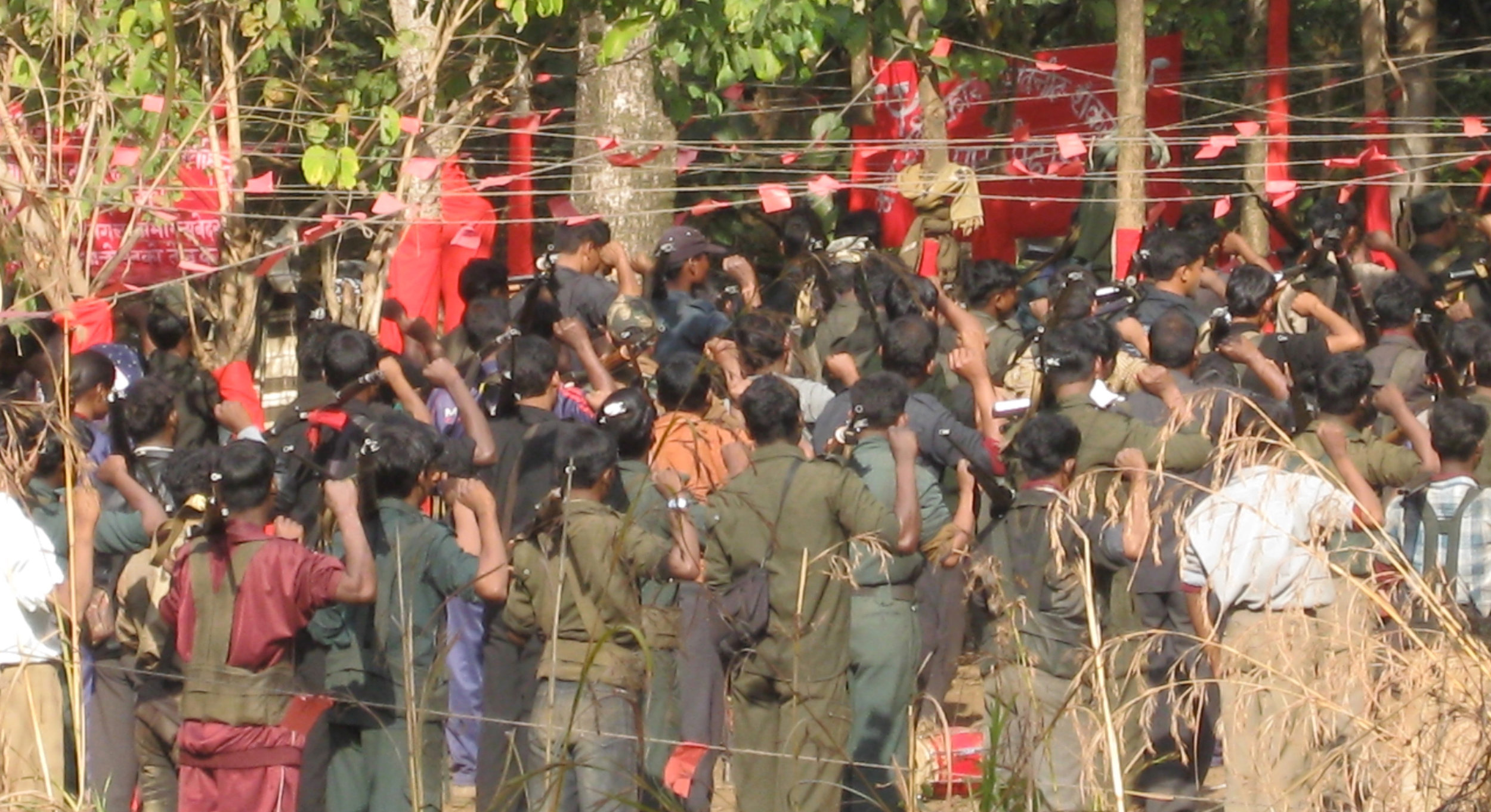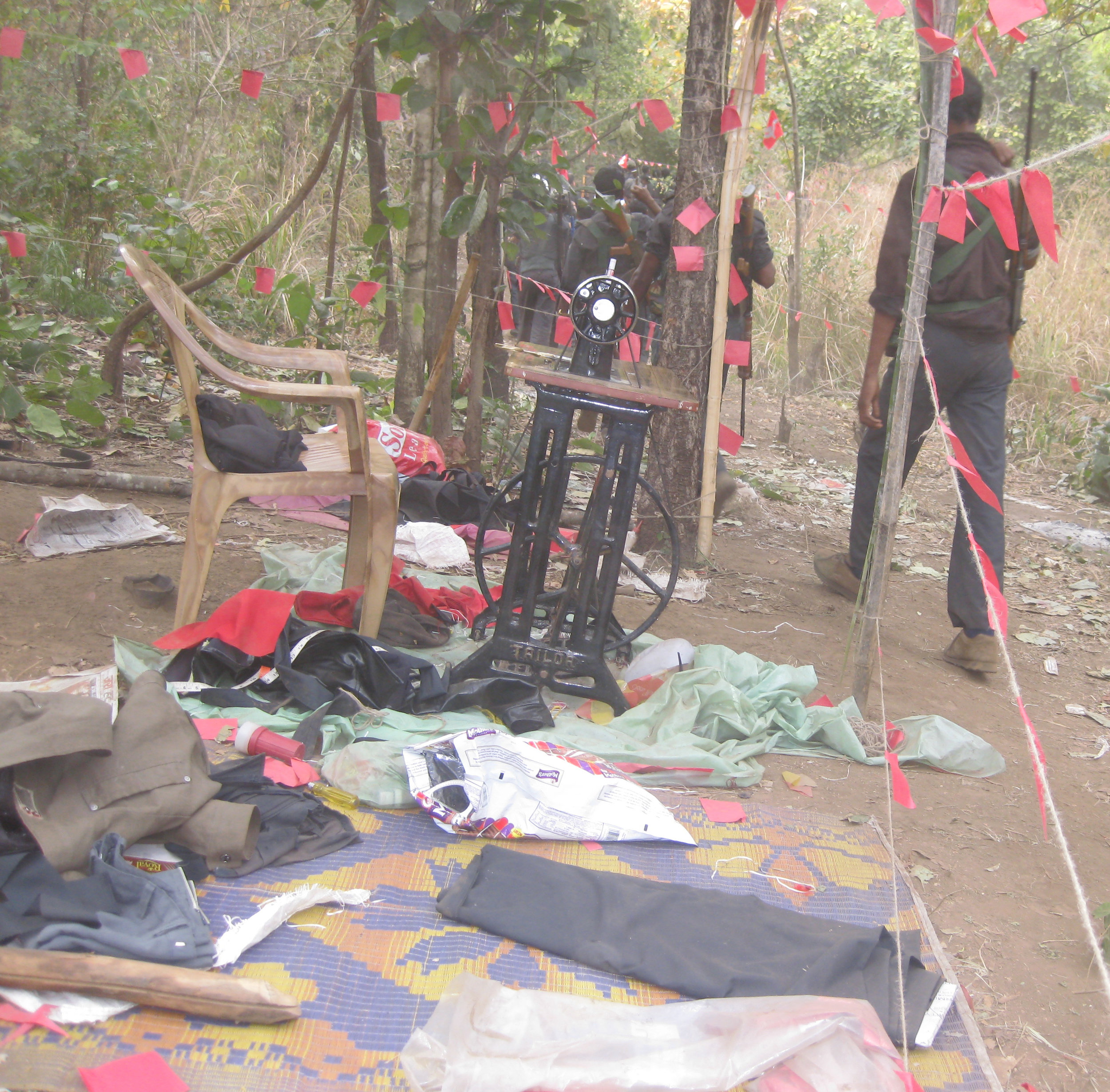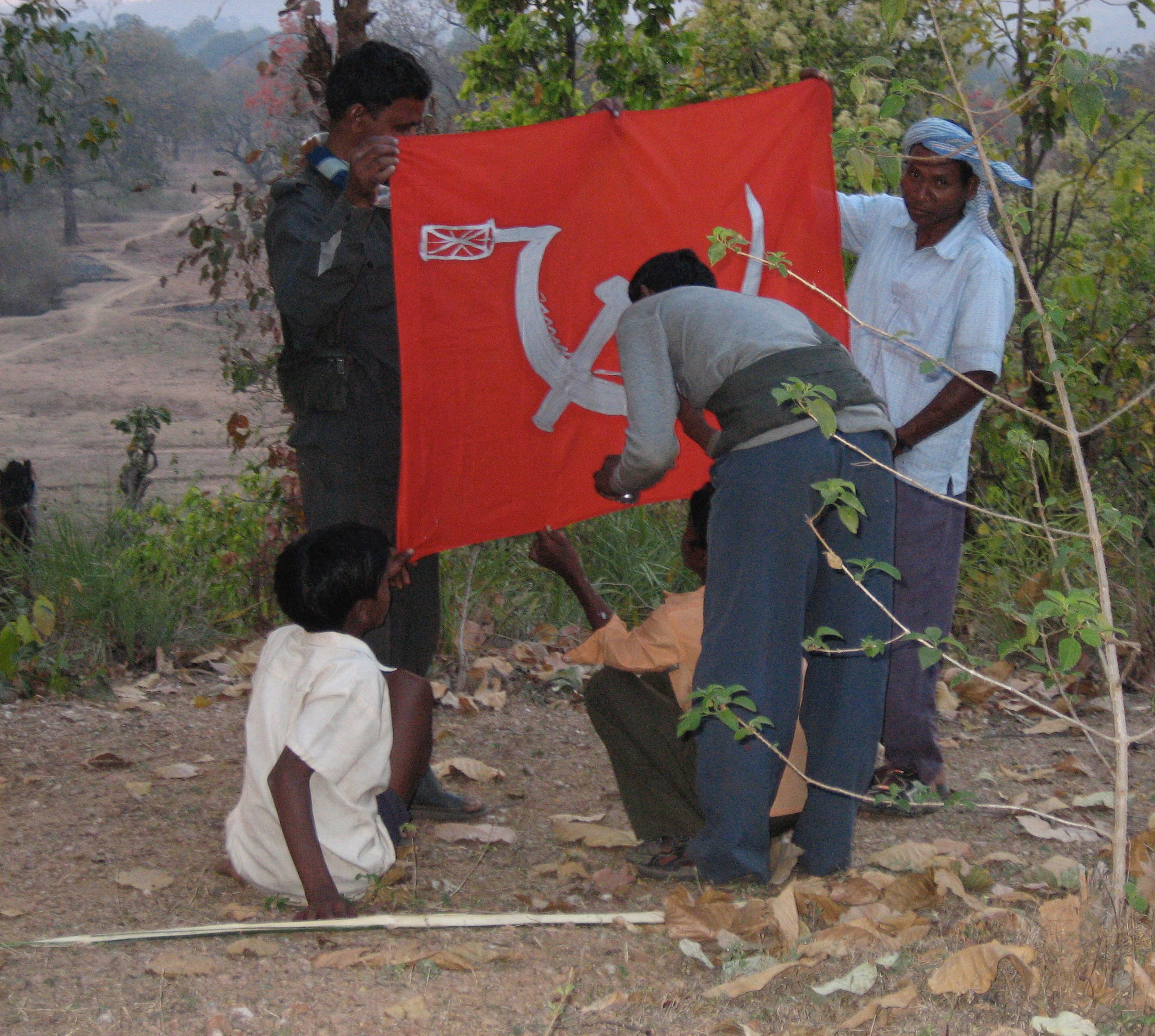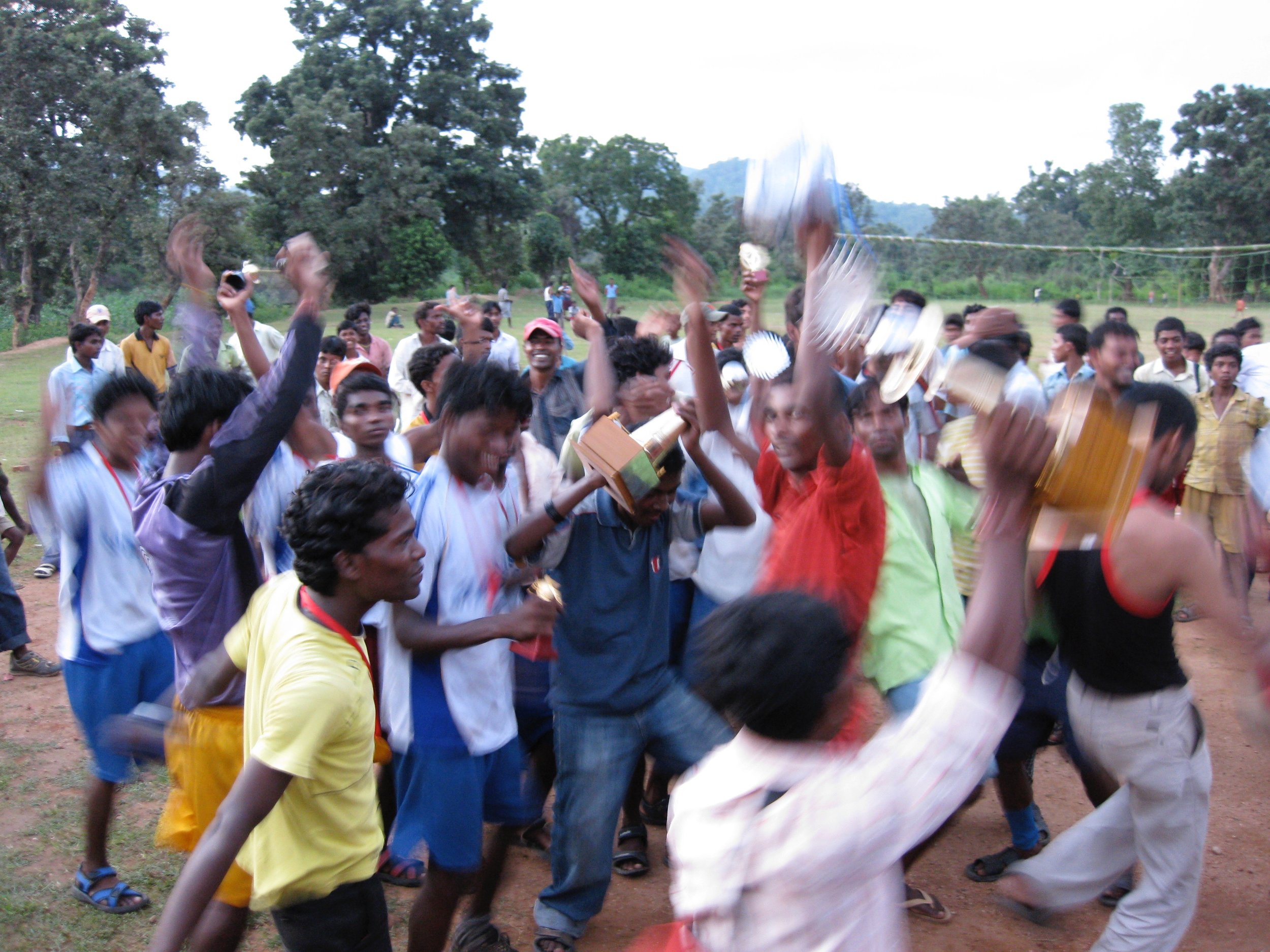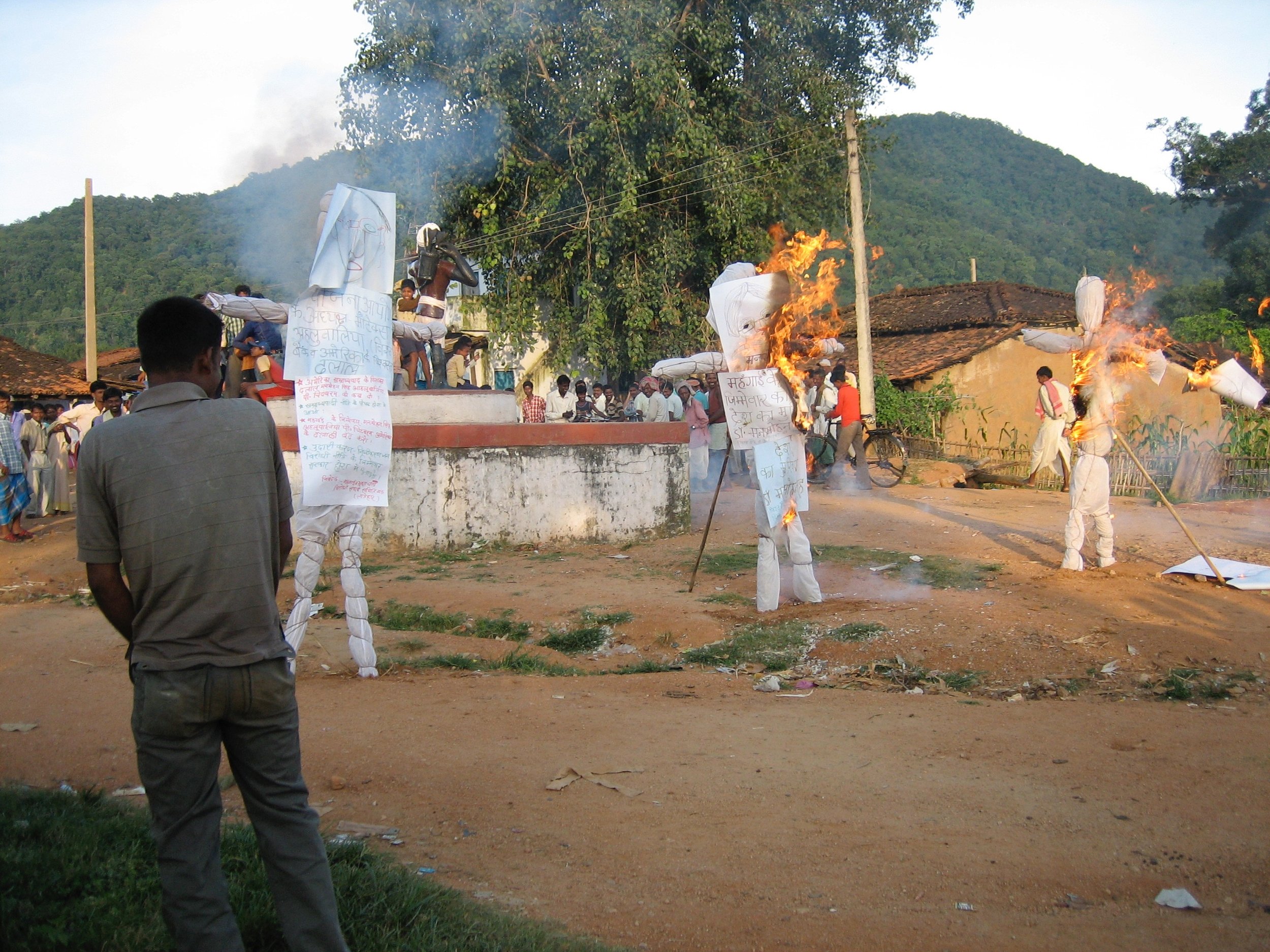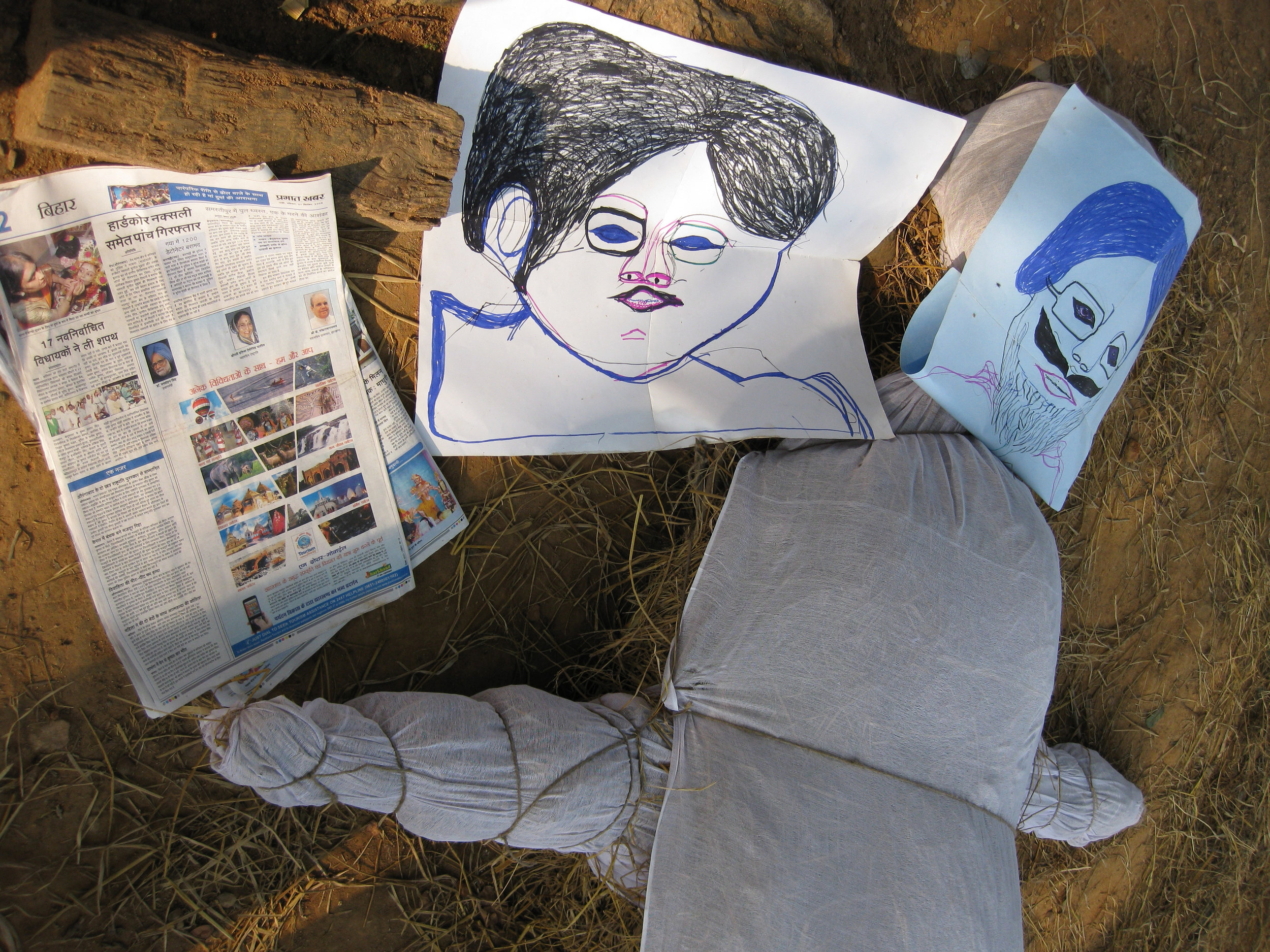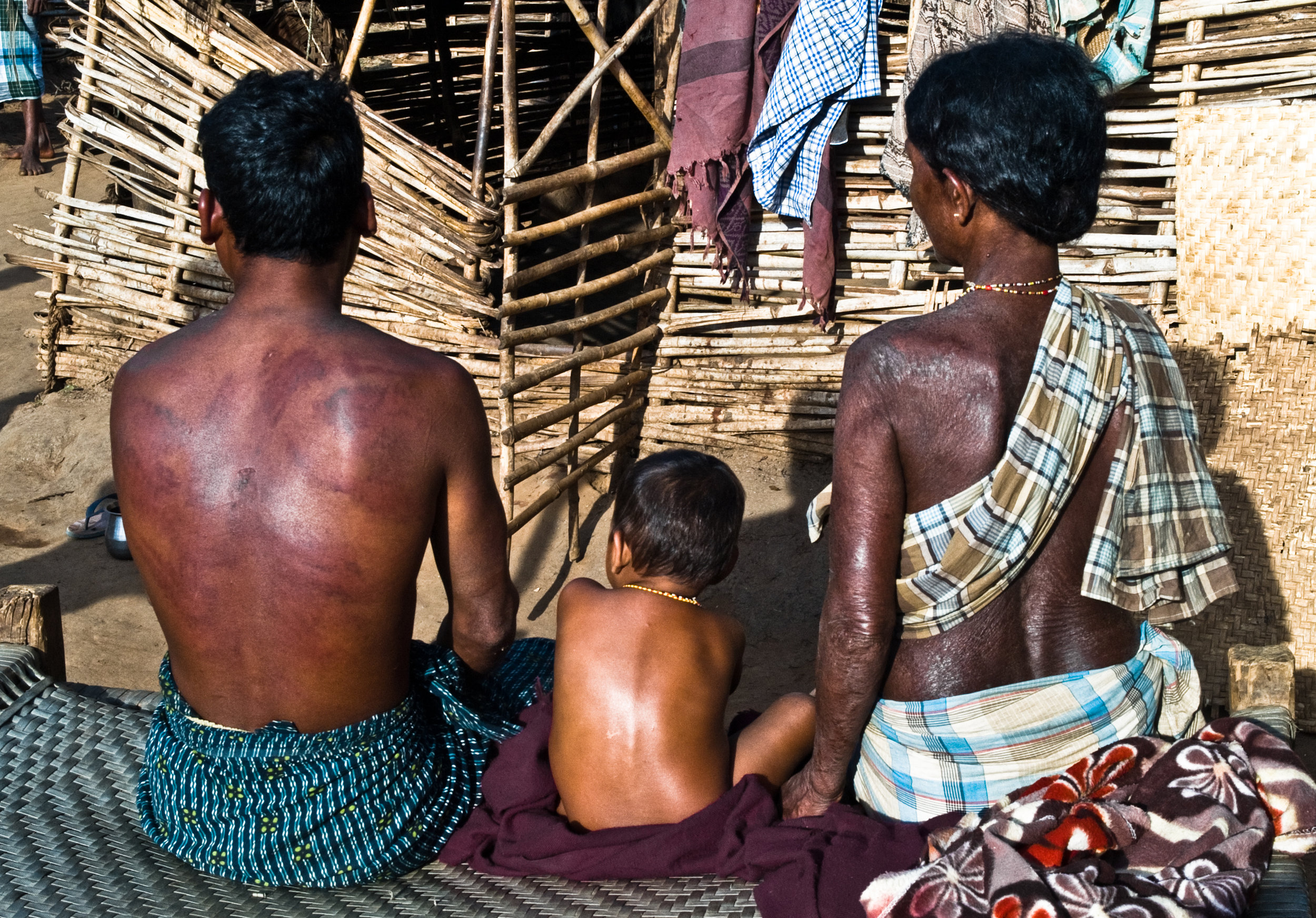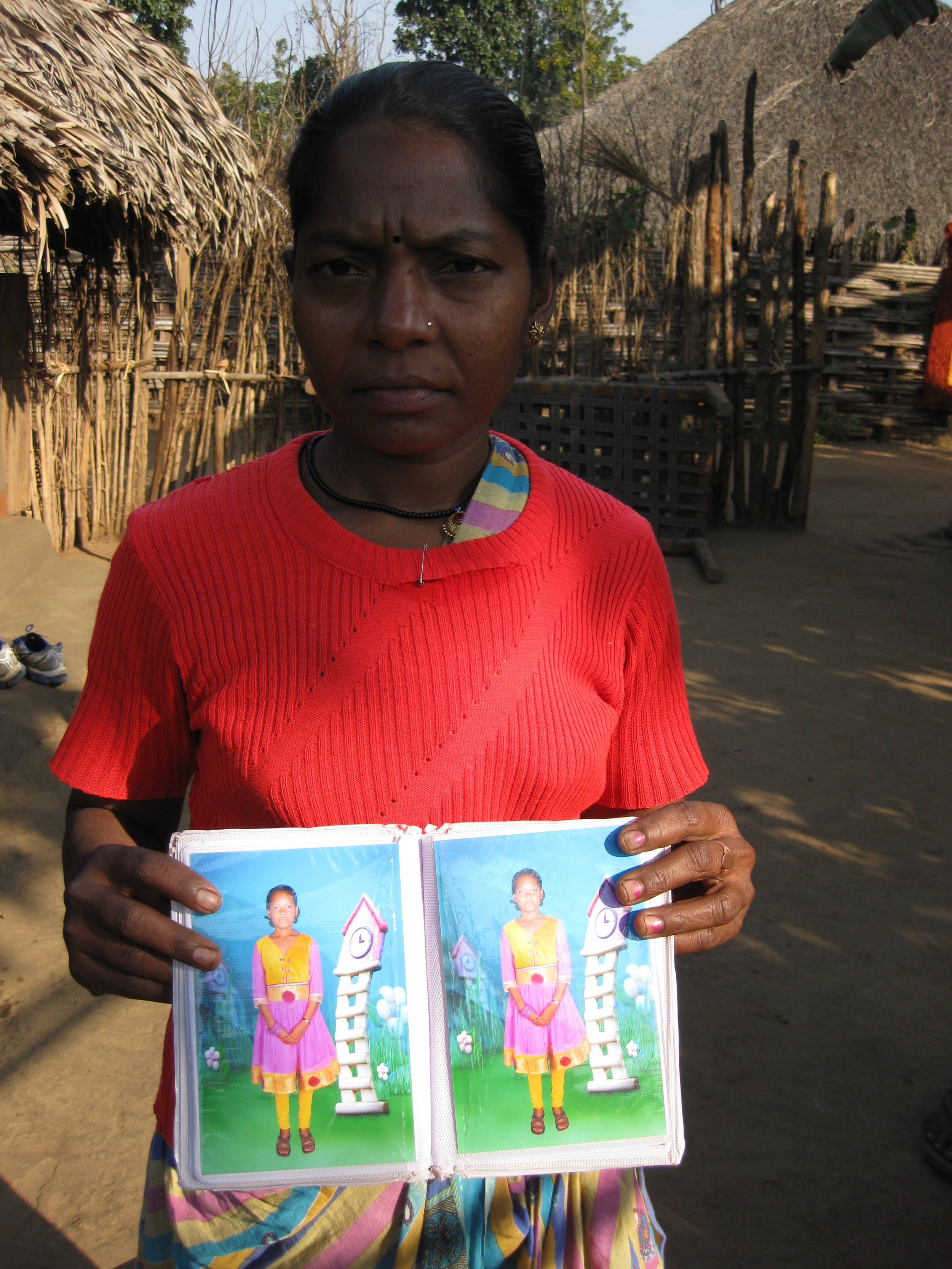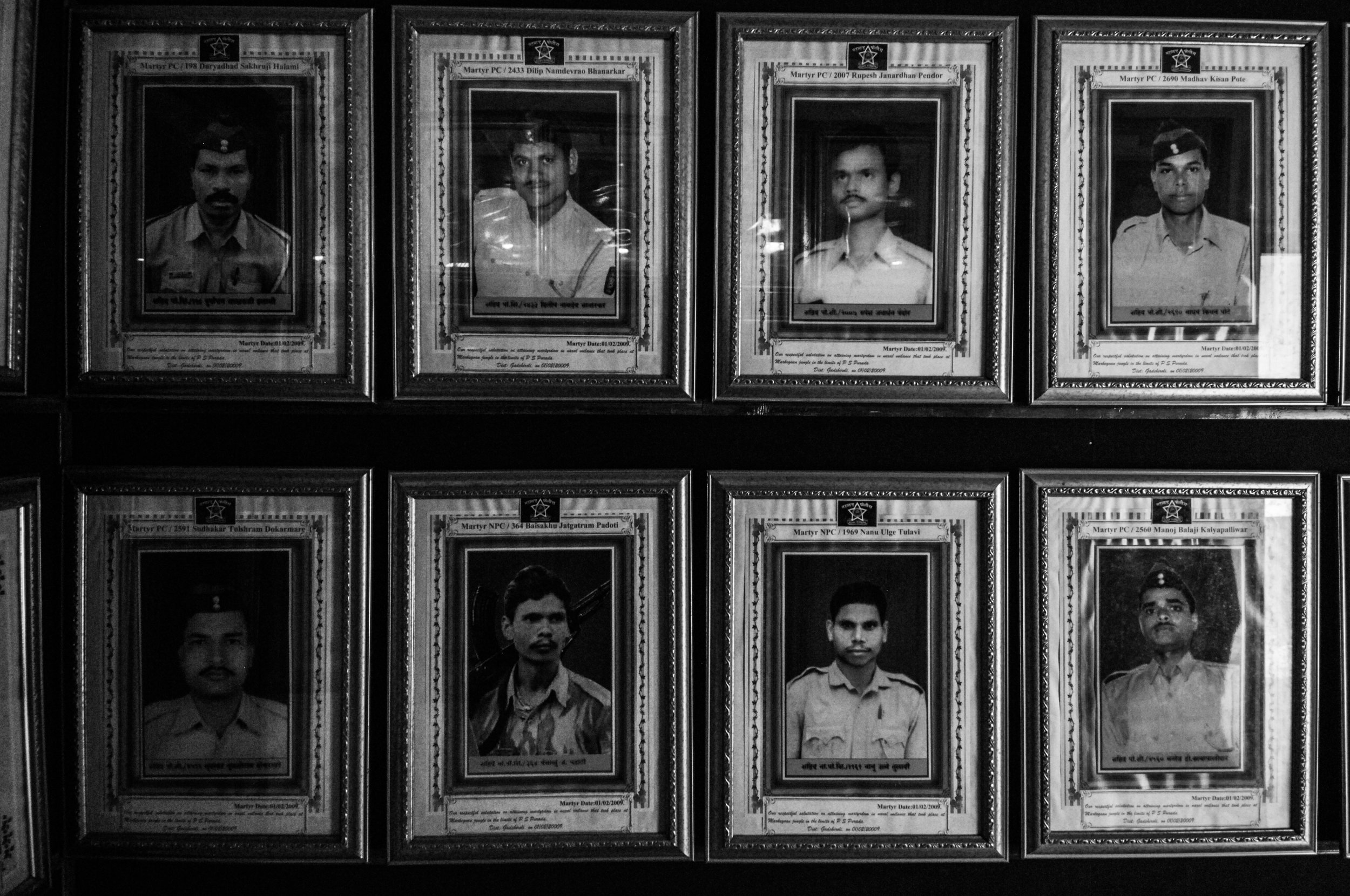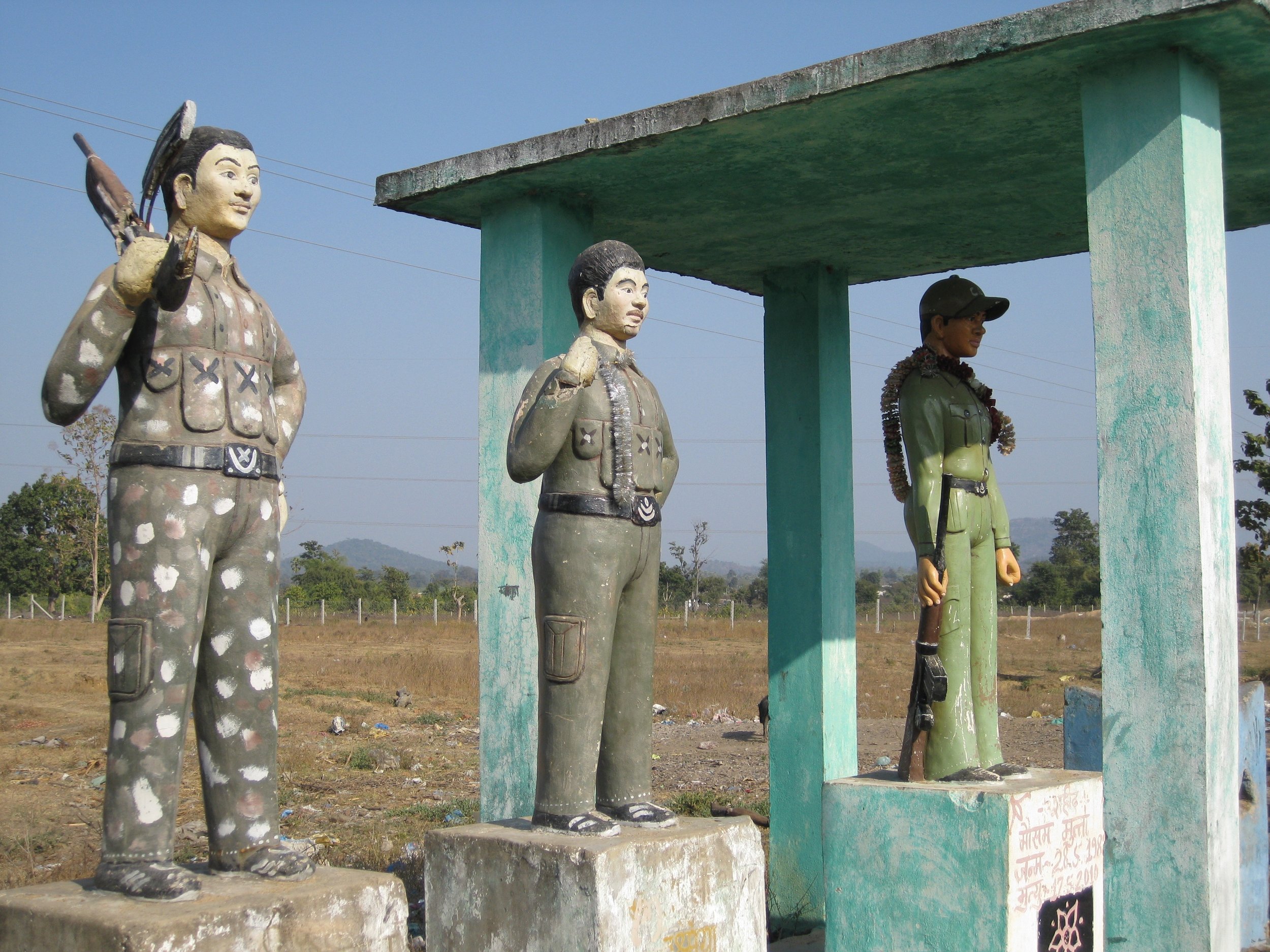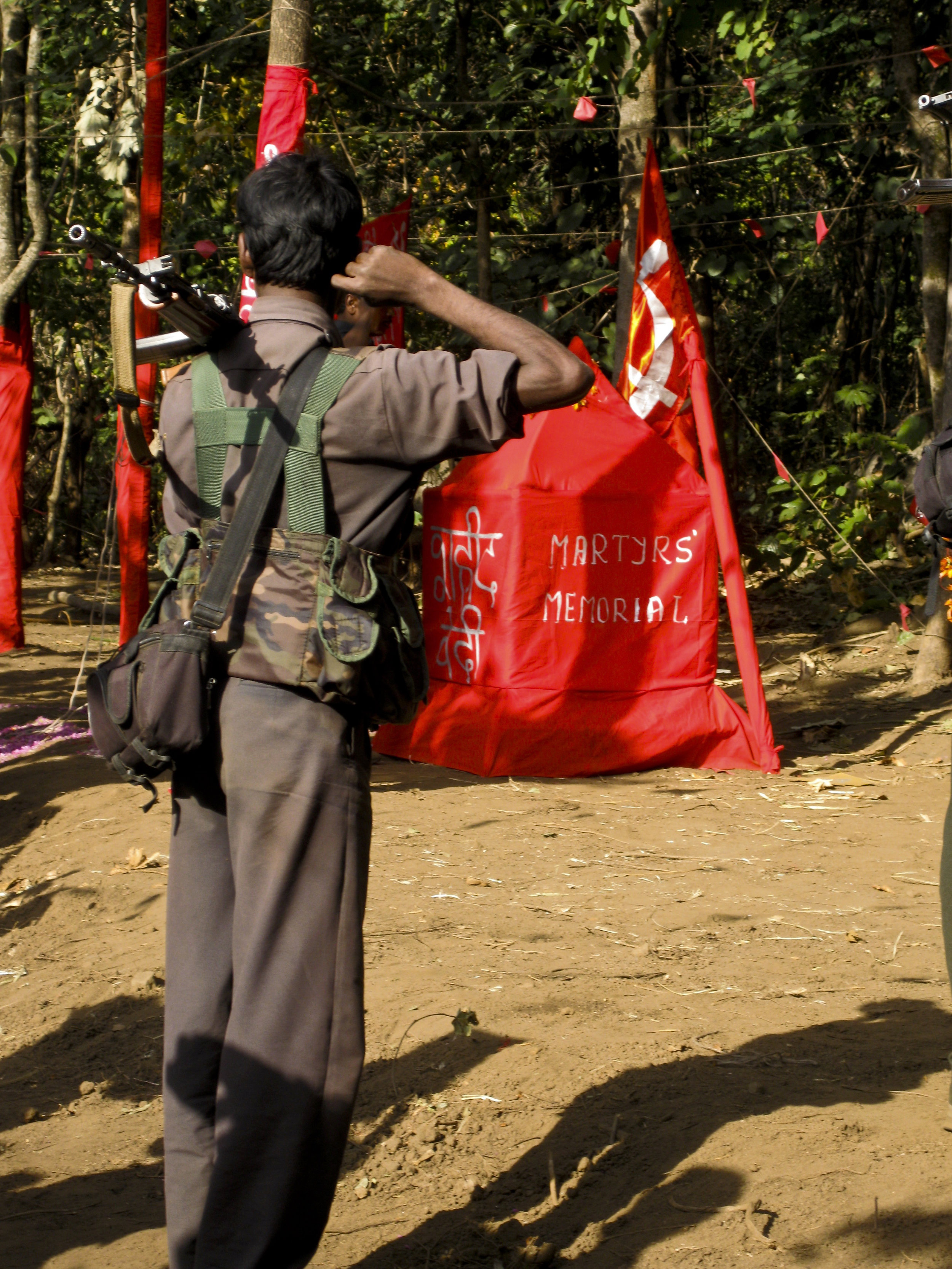EXHIBITION
This visual exhibition explores the precarious conditions of work and everyday struggles of India's low castes and tribes. Exposing the exploitation of Dalits and Adivasis in the production of different commodities from tea to cotton, showing their dispossession in the building of the infrastructure and for the extraction of mineral resources sustaining economic growth, it also highlights their fight back against the situations they find themselves in.
Curated by film maker Simon Chambers and anthropologist Alpa Shah, and based on the Programme of Research on Inequality and Poverty in the Department of Anthropology, London School of Economics, this exhibition involved the work of more than 30 researchers, journalists and activists.
It was first shown in London at the Brunei Gallery, SOAS in October to December 2017, as ‘Behind the Indian Boom’ with a programme of accompanying events, including a discussion of the issues it raised in the UK House of Lords. The exhibition was travelled to the LSE Arts Atrium Gallery between January to February 2018.
In 2019, the exhibition was curated in Turin, Italy over three months between April to July 2019 at the Regional Town Hall, the International Labour Organisation Training Centre and the University of Turin and led to a programme of events around ‘India Invisble’. The Turin edition was supported by the Biennale Democrazia, the Centro Serano Regis, the International Labour Organisation Training Centre, the University of Turin South Asia Studies, the Biblioteca Norberto Bobio and curated by Daniela Bezzi.
A booklet on the exhibition was published by Adivaani
An Italian exhibition booklet was produced in Turin
REVIEWS
‘A thought-provoking exhibition in London provides a snapshot of those left furthest behind.’ The Hindu
‘Caste-based inequality is not a thing of the past. It is in fact part of the structure of advancements.’ Eastern Eye
‘Re-focuses our attention on the value of visual raw data and its relationship to scholarship for constructing debates.’ Pix
‘Incredulous, we keep staring at those visual notes.’ Il Manifesto
‘Offers a strong intervention against dominant narratives of India’s growth miracle.’ Focaal
